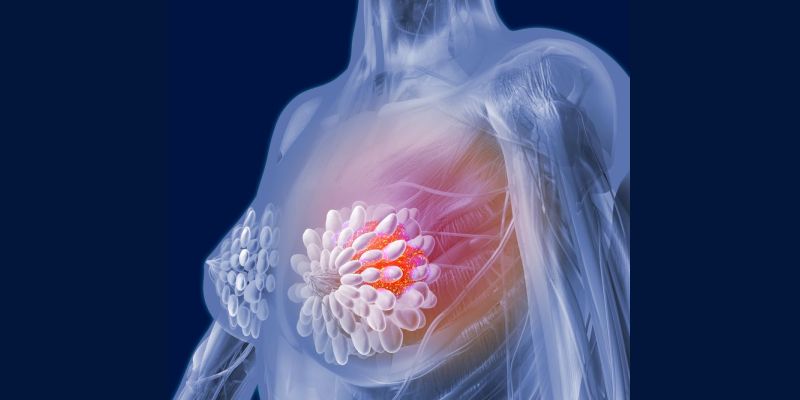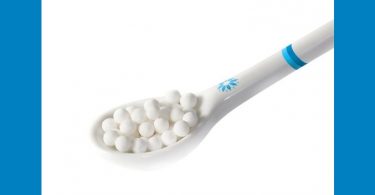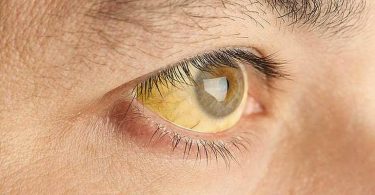Compton Burnett MD (1840-1901)
Tumour of Left Breast. On April 16th, 1888, Mrs. X., a young widow, twenty-six years of age, mother of two children, both of whom have, however, died, came telling me she had been under treatment at St. Thomas’s Hospital and elsewhere, for a tumour of the breast. Menses regular, but painful. The tumour is more painful at the monthly time. She had a knock on the left breast 15 months ago. The hospital surgeon, and the surgeons at St. Thomas’s, and also the surgeons at the country town whence she hails, all recommended operation. “Do those gentlemen all recommend an operation ?’ “ Yes, sir, all of them.”
In the outer aspect of the left breast I found a very painful swelling, the corresponding part of the right breast being also tender to the touch but not the seat of any tumour. Patient was of opinion that the tumour in the left breast was a trifle smaller than it had been, but much more painful. Anorexia, anarmia. Has been twice vaccinated; had bad measles, a weak chest, pneumonia, bronchitis, low fever and much grief.
The first two very obvious points in this case were the grief — fancy a young women of delicate health, who had lost her two babes and her husband, and who had been recommended by half a-dozen surgeons of repute to have one of her breasts ablated — then there was, probably, some blow, in fact she dated the whole thing to a blow. Therefore I gave her Ignatia amara (dear old Hahnemann, thou hadst not lived in vain if thou hadst left us nought but this one thrice- blessed therapeutic legacy ! ) and Bellis perennis.
May 16th — Patient is brighter and better in her self. The tumour is very painful and more defined. Rx: Thuja occid. 30.
June 13th — Better in health. Very bilious and many headaches. Rx: Psor. 30.
July 16th — At first the lump swelled a good deal and then went down again. Patient is very yellow and bilious. The tumour very tender. Rx: Hydrastis Can.
August 20th, — She does not think there is any real improvement. Rx: Fer. picrum. 3, three drops in water night and morning.
October 15th — Nearly well, but she suffers fearfully from neuralgia of the jaw. Rx: Bacill. 30.
November. — Very bad bilious attack and the tumour has increased in size somewhat. Rx: Hydrastis Can.
January 14/th 1889 — The tumour is nearly gone, she says, and I have difficulty in finding its remnant. She is very pale and bilious. Rx: Rubia tinctoria
March 11th— The little bit of the tumour that remains is now more evidenced by pains than by bulk. Rx: Morbill. 30.
April 8th. — Pain is nearly gone, but she will have it that the tumour has grown again a little. Rx Rep. (C.)
June — The tumour is quite gone. Patient is still pale and there is still a little pleurodynia. B. Sabina 30. This ended the matter. Patient continues well and has no tumour — Saint Thomas’s prognosis notwithstanding.
Excerpted from: Tumours of the Breast and Their Treatment and Cure by Medicines – J.Compton Burnett MD






